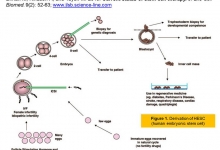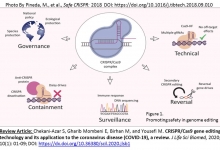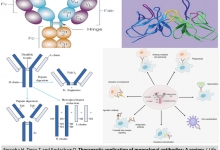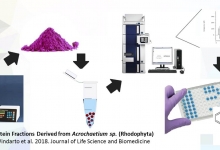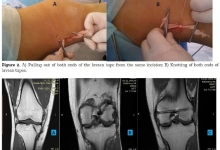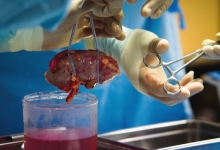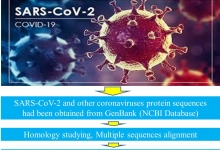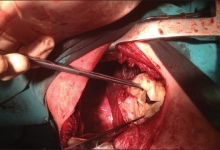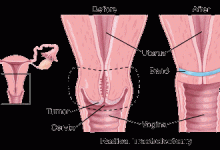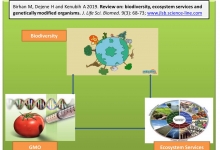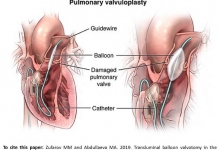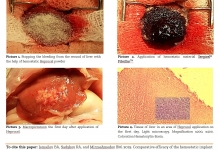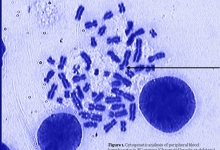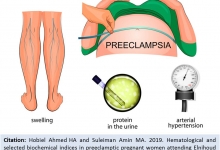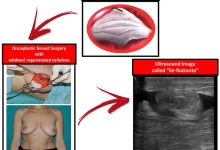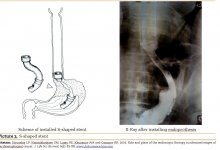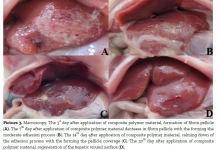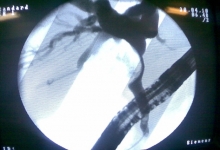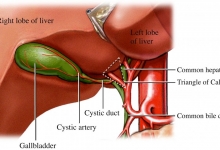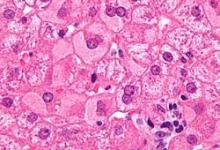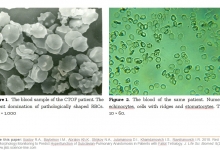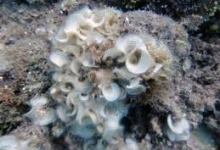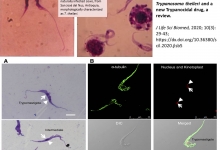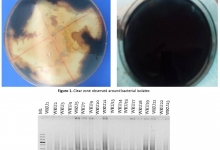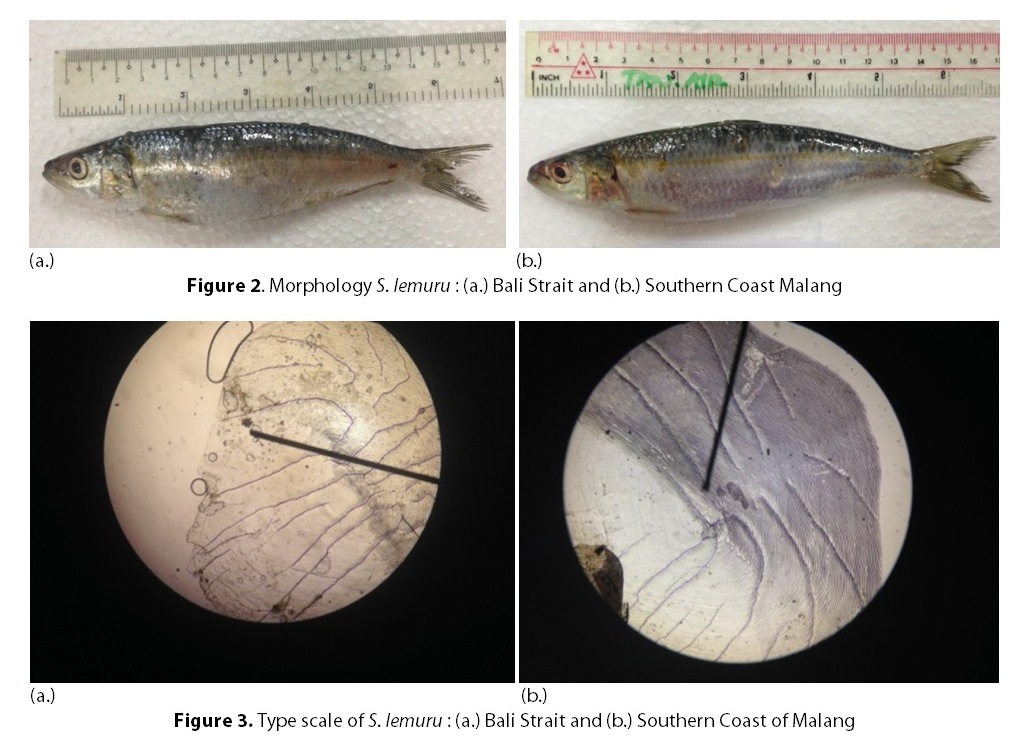Previous issue | Next issue | Archive
Volume 7 (1); January 25, 2017 [Booklet]
Research Paper
The Use of Lasers and Prosthetic Hernioplasty in Patients with Strangulated Ventral Hernias.
Kalish YI, Ametov LZ, Khan GV, Shayusupov AR, Yigitaliev SKh.
J. Life Sci. Biomed., 7 (1): 01-05, 2017; PII:S225199391700001-7
Abstract
The issue of using synthetic prosthesis for plasty at strangulated hernia still remains disputable. From 1992 to 2015 we have operated 219 patients with strangulated ventral and inguinal hernias. Patients were randomized in 2 groups. Tensioning means ways of hernioplasty have been performed in 124 patients consisted the 1st group, and the 2nd group consisted of 95 patients have been performed hernioplasty by reticular prosthesis with the use of carbon dioxide laser intraoperatively. Hernias size in the second group was estimated based on Chevrel and Rath (SWR classification) methods. W4 – 6 (12.2%), W3 – 16 (32.6%), W2 – 24(48.9%), W1- 3 (6.1%). Local complications of the postoperative wound in the 1st group have been noted in 15 (13.0%): suppuration – 13, wound hematoma – 1, fecal fistula – 1. Lethality was 4%. In the 2nd group complications of postoperative wound were observed in 33 (35.4%): seroma – 30 and suppuration - 3. Lethality in that group – 3.1%. The analysis of nearest results of postoperative complications showed that suppuration (11.3%) were dominated in the 1st group and in the 2nd one (where used synthetic prosthesis) there was the biggest quantity of seromas 32.6%, and the use of carbon dioxide laser intraoperatively allowed to reduced pyoinflammatory complications in the wound up to 3.3% (3 times less in compared with the 1st group).
Keywords: Carbon Dioxide Laser, Prosthesis For Plasty, Postoperative Complications, Strangulated Hernia
The Biology Profile of Sardinella lemuru in Southern Coast of East Java and Bali Strait, Indonesia.
Pramana Putra I, Sartimbul A, Widyarti S.
J. Life Sci. Biomed., 7 (1): 06-12, 2017; PII:S225199391700002-7
Abstract
Sardinella lemuru is a species of fish on East Java which has pressure from overfishing and also climate change. This condition can impact their biology profile. The aim of this study was to determine the profile biology (BP) of S. lemuru on Southern Coast of East Java. The BP parameters like morphometric and meristic analysis, observation sex ratio, level maturity of gonad and gonad maturity index, were examined. The results showed that the body of S. lemuru was compressed or streamline and has blue–green colors on its dorsal. The scale type of S. lemuru was cycloid. Females S. lemuru were dominant on Southern Coast of East Java. Gonad Maturity Level and Gonad Maturity Index showed that S. lemuru from Bali Strait has a higher number than S. lemuru from Southern Coast of Malang. Since S. lemuru from both origins had similarities in its morphology and gonad, it was suspected that S. lemuru was migrating from Bali Strait to Southern Coast of Malang. Further study should be conducted so that the data could more represent biology profile of S. lemuru in southern coast of East Java by adding genetical analysis.
Keywords: Sardinella lemuru, Southern Coast of East Java, Biology Profile


